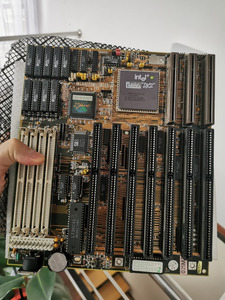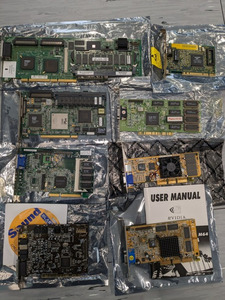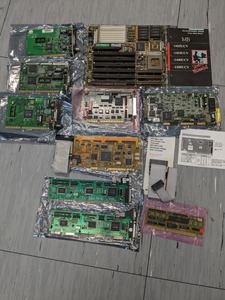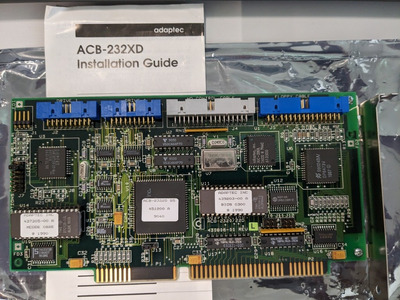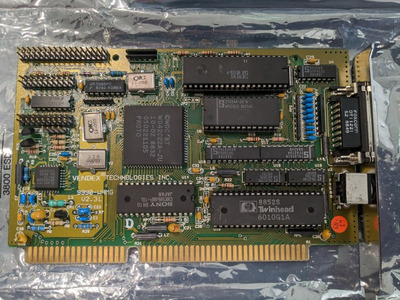Reply 48520 of 52819, by Kahenraz
- Rank
- l33t
TheAbandonwareGuy wrote on 2023-03-15, 15:01:TrashPanda wrote on 2023-03-15, 10:35:Kahenraz wrote on 2023-03-15, 09:20:I have a couple of GeForce 2 MXs. Despite then being the bottom of the barrel performance-wise for the generation, these are actually excellent cards. They have fantastic OpenGL and DirectX support, performance is greatly improved over the former TNT2 models, and they will generally "just work". These are definitely my favorite cards for test benches and a great choice for basic builds. The ATI Rage 128 Pro is also good, but the GF2 MX is just all-around better. It's also fairly cheap to find; and definitely not to be overlooked.
I have a soft spot for GF2 MX400 cards the 64MB DDR models are crazily reliable and can take some serious abuse and keep on trucking, they are also perfect cards for quake 1/2/3 or unreal LAN boxes. Actually they are pretty much perfect for period games that don't require Pixel Shaders.
So fun fact GeForce2MX (Along with all other GF2s) and ATI Radeon both support pixel shaders 1.0a, but neither fully supports Vertex shaders (Radeon has some quasi Vertex capabilities via ATI specific OGL extensions that almost nothing supports, GeForce has zero Vertex support). Thus both are somewhere in the middle between being DirectX 7 and DirectX8 class video cards.
I can confirm this for the GeForce 2! I remember NVIDIA advertising per-pixel lighting for this card in their website, but never mentioning pixel shaders, which was advertised heavily with the GeForce 3. I never understood stood this at the time, but always assumed that there was some kind of limited support in hardware, but not something that was ever used in any games.
It's possible to still find this information from their website on archive.org; I'm traveling at the moment and can't provide a link.
Does anyone know what would be required to tap into these features and exactly what is supported? I would imagine that it is a kind of fixed function pixel shader and not a programmable one, which was the big feature touted with DirectX 8. I would love to learn more. Is it something that it available through DirectX 7 or 7.1?

